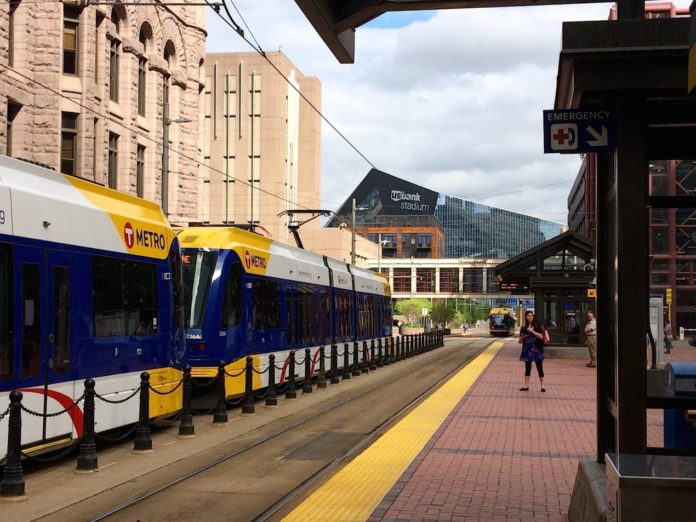MINNEAPOLIS- Recent budget compromises in Washington DC have opened up the possibility of greater funding for Minnesota’s Southwest Light Rail Train (SWLRT) project.
The budget provides $10 million for the project from the Federal Transit Administration (FTA), and could potentially lock in over $900 million in federal support for the project over the course of construction. It would also appear that the Trump administration’s original cuts to the New Starts program, for project costs equal to or greater than $300 million, have been reversed by Congressional Republicans. They provided the program with $1.6 billion dollars in funding for projects across the United States..
The Met Council, due to disagreement with state lawmakers, have come up with their own funding mechanism for the project, which, like federal funding, would bypass state contributions. This was mainly done through the dissolution of the Counties Transit Improvement Board (CTIB).
State Sen. David Osmek (R-Minnetonka), however, said that it was necessary to back up a step. For one the “$900 million dollars, the full funding grant, is still in the process of being passed, a process that largely takes place in June.
“Second,” said Osmek, “The federal government is probably going to look at this and see that this is not the right thing to fund.”
To this end, Osmek and 83 other Minnesota lawmakers signed a letter in March to President Trump asking him to deny funding for the project. The letter pointed out the many flaws that they see with the project.
“One of the provisions is that the state legislature gets to legislate whether or not a light rail line should be built or not,” Osmek said of the state legislature’s transportation bill. “And if I had my way [the SWLRT] certainly would not.”
Osmek criticized the Met Council for the mechanism that it has used to raise the necessary local funding for the project, which largely revolves around dissolving the CTIB. By dissolving CTIB, the local governments of Hennepin, Ramsey, Washington, Anoka, and Dakota counties, are able to have more flexibility and capacity to raise funds for infrastructure via sales tax. The dissolving of CTIB also gives less power to the state legislature in this funding process, as CTIB board chair and Hennepin County Commissioner Peter McLaughlin told Finance & Commerce.
That being said, Osmek left the door open to funding other light rail projects which aren’t currently on the table.
Osmek stated that he has no problem with subsidizing public transportation either, citing as an example public buses, via the Suburban Transit Authority.
“They provide express service into the downtown Minneapolis and St. Paul at a very reasonable cost, the rush hour subsidy is around four dollars a ride,” Osmek said. “It’s still subsidized, but that provenly takes people off the roads.”
Osmek elaborated on this point about the need for improvements to the bus system. “Currently, the Twin Cities operates on a spoke system, not a spoke and wheel. This means that you have to go all the way into downtown Minneapolis, or all the way into downtown St. Paul, and than take a connection to go someplace else. It doesn’t really serve people.”
CATO Institute Senior Fellow Randal O’Toole addressed similar concerns at a meeting of the Minnesota House Transportation and Regional Governance Committee in February. He stressed that Minnesota should focus on its bus infrastructure, stating that the “SW Transit Bus company operates far more efficiently than any light rail would for the suburbs.”
















